Groupama Team France launches last AC50 with different main foils.
Photos Austin Wong / ACEA – Being OD platform we cannot comment much besides the colors… The design game this time was focused on foils and hydraulics system optimization. On foils we’ve seen several shapes been tested, with the most radical being TNZ ones.
Now Gorupama Team France has implemented a new configuration for their mainfoils which is using two different shapes for each tack.
Teams are allowed to use two set of boards for the AC50 (check rule description below on this), and after getting feedback from Melvin & Drummond it seems the teams will be able to use specific foil shapes for any given wind condition, now Groupama goes a step further and they decided to even use different foil shapes for each hull! Maybe others have done the same, but I haven´t seen them.
See main image above with the french AC50 fitted with two alternative main foils. Good to see someone finding room to innovate in this closed and restricted Cup edition, lets see if the concept pays, but surely the logic behind it is well thought.
Top Notch innovator Martin Fischer and the guy who initiated the actual Race & Foil movement with his A-Class prototype back in 2011 and currently head designer for the French Team, explains below on an article excerpt published by Groupama Team France web.
————————-
————————-
“…
The foils are made up of two elements.
The upper section of the appendage called the SHAFT
The lower section is called the TIP.
The junction between the two is called the elbow or knee.
The class rule imposes a maximum number of Shafts and Tips:
On the training boat, the team can build 6 Shafts and 12 Tips
On the AC Class, just 4 Shafts and 8 Tips are permitted.
The lower section, the Tip, must not represent more than 30% of the foil weight, but its length is not restricted.
Groupama Team France, like its rivals, is adapting the foils according to the wind ranges and is building two types:
Foils for light to medium airs, whose Tip is longer
Foils with a shorter Tip, optimised for higher speeds
Martin Fischer: “The rule does not require the boat to be configured symmetrically when racing. As a result, our port and starboard foils can be different. This is an interesting element, because when you run the race simulations, you notice that the course is not symmetrical. There’s more emphasis on starboard tack than port tack. There are two high-speed reaching legs on starboard tack.”
…
——————





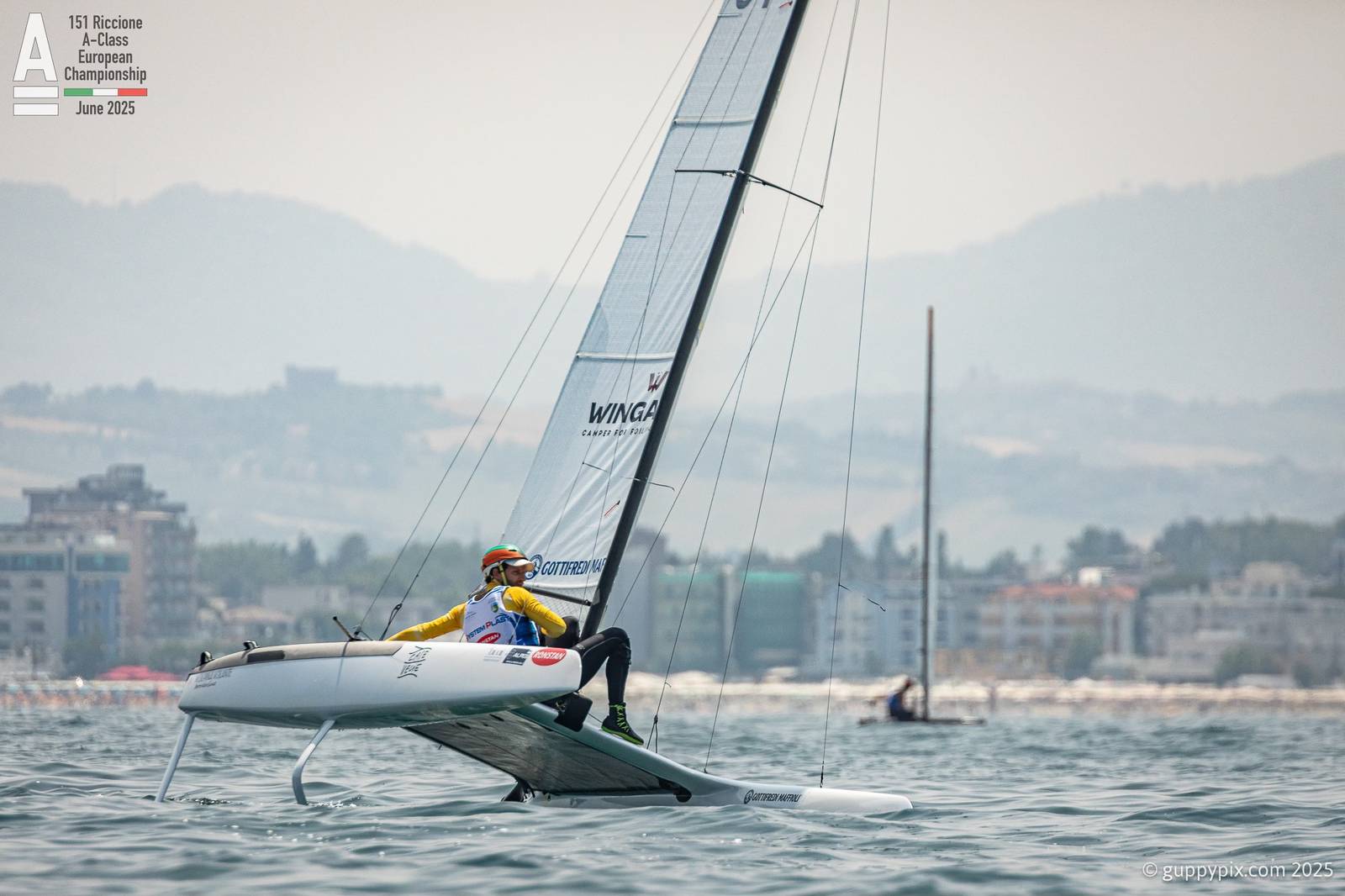
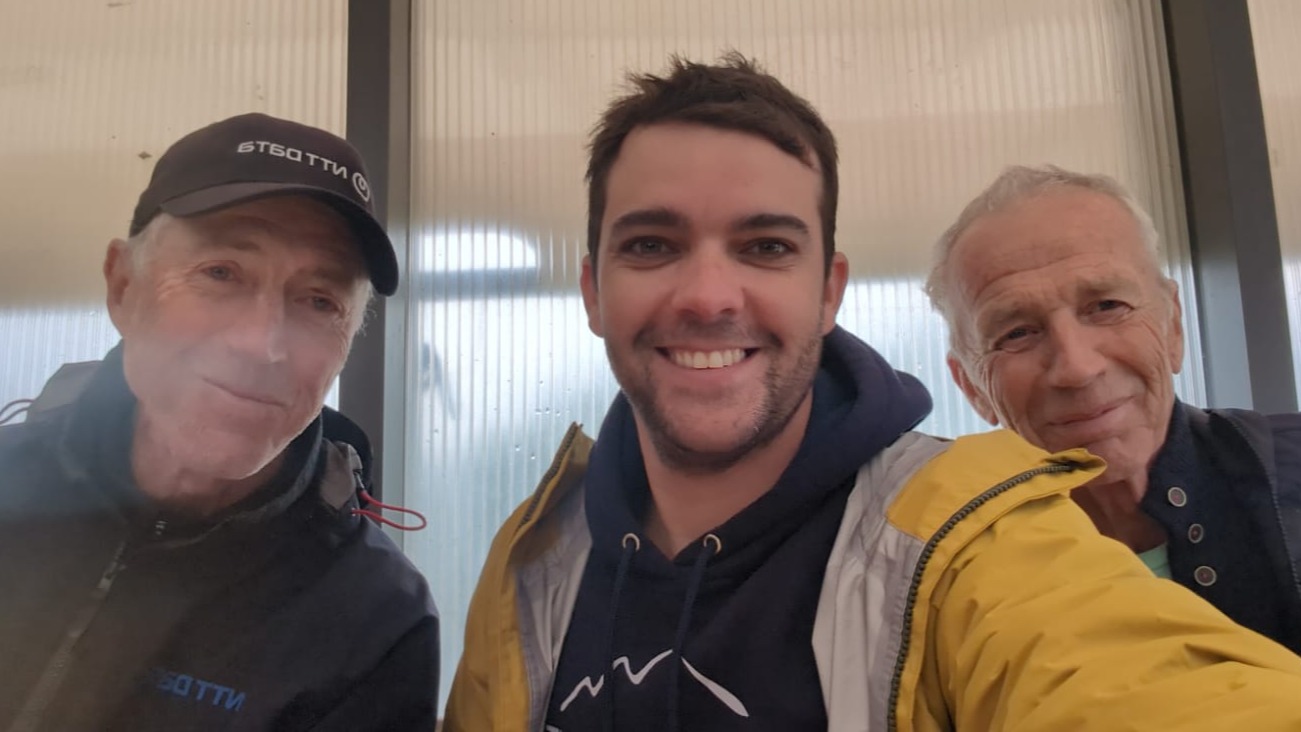
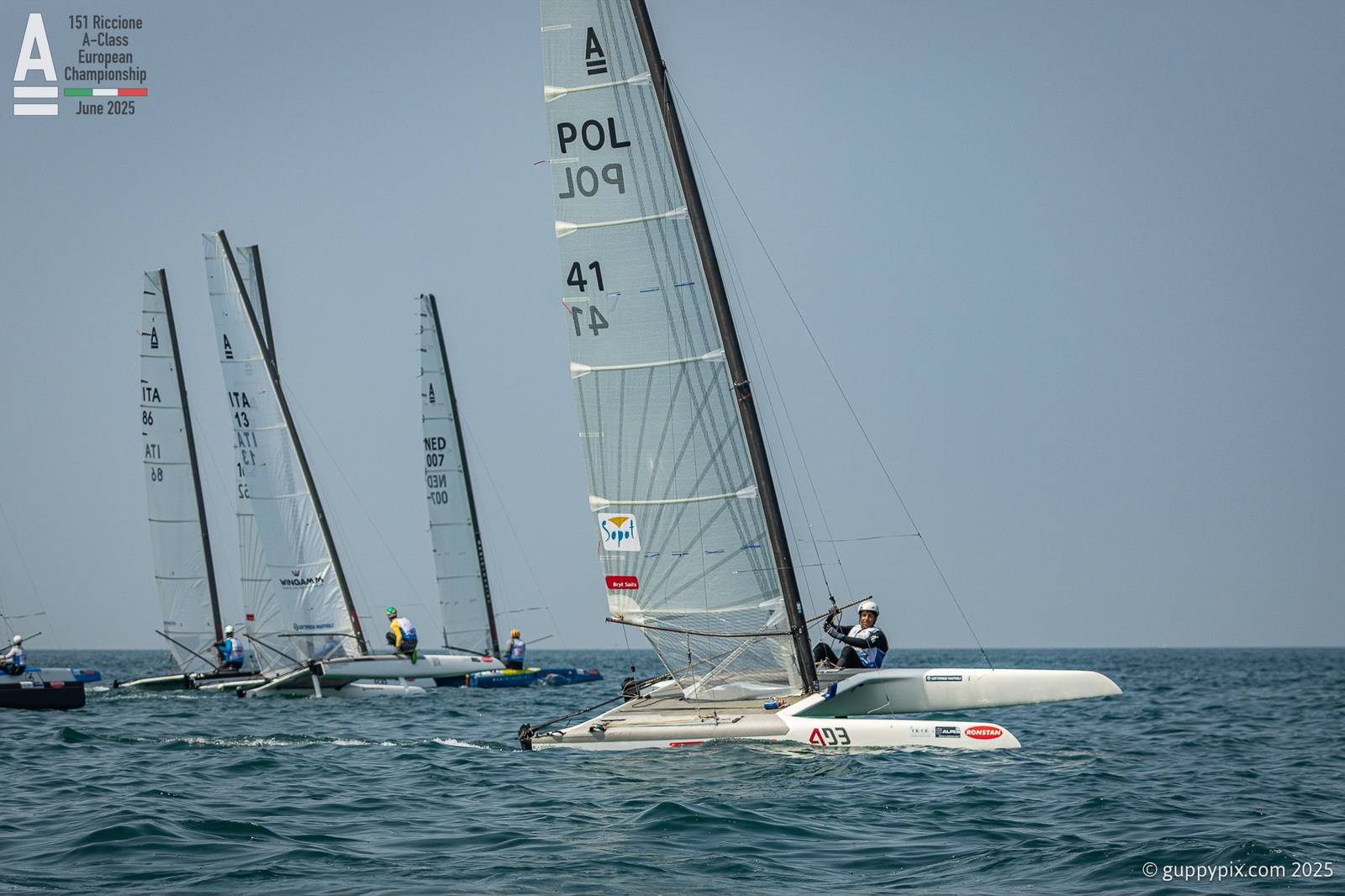
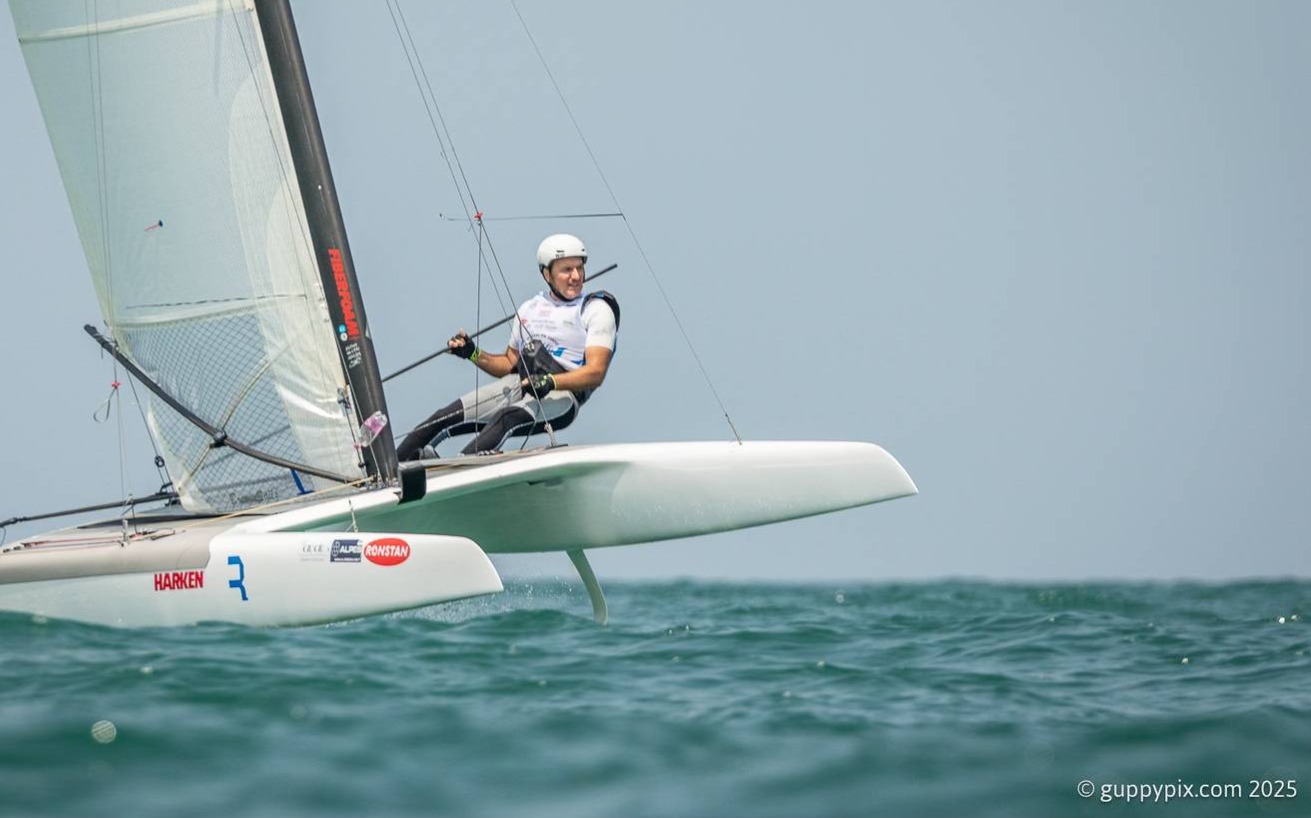
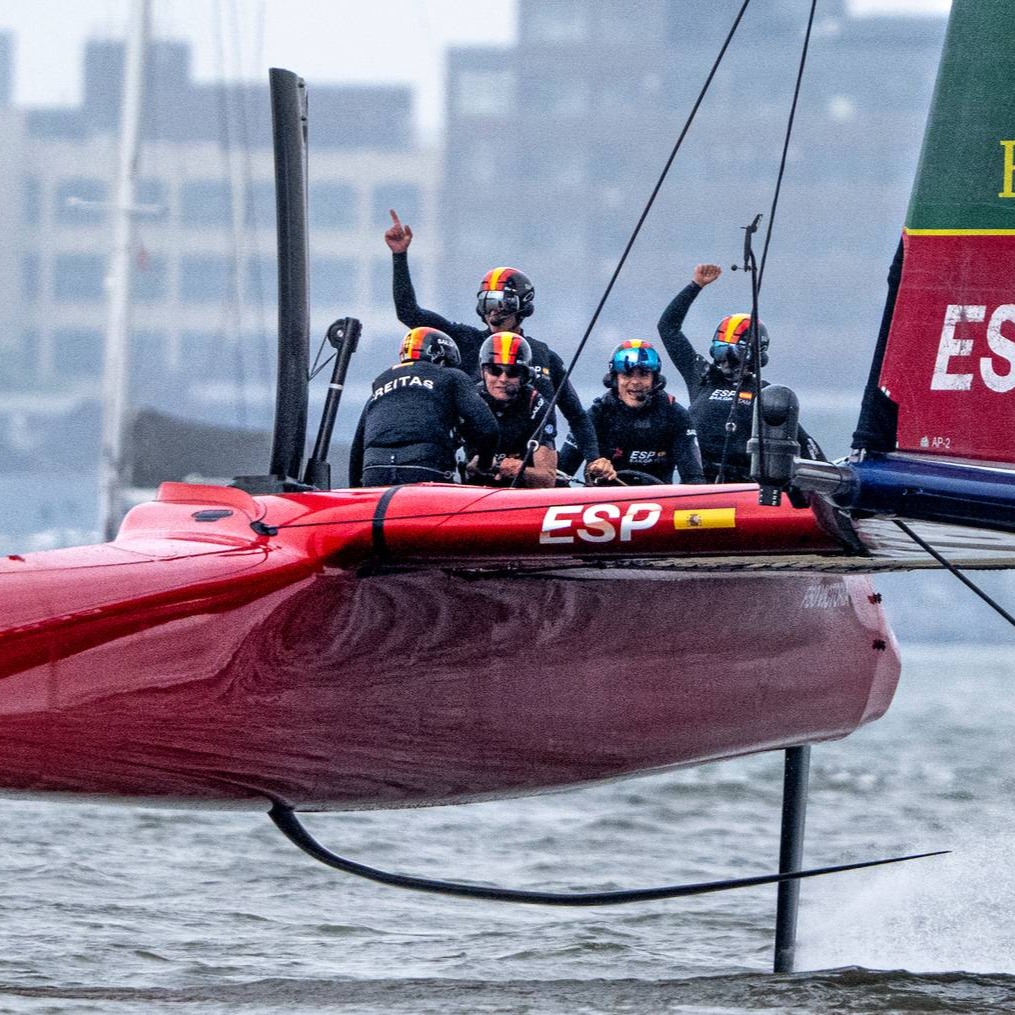
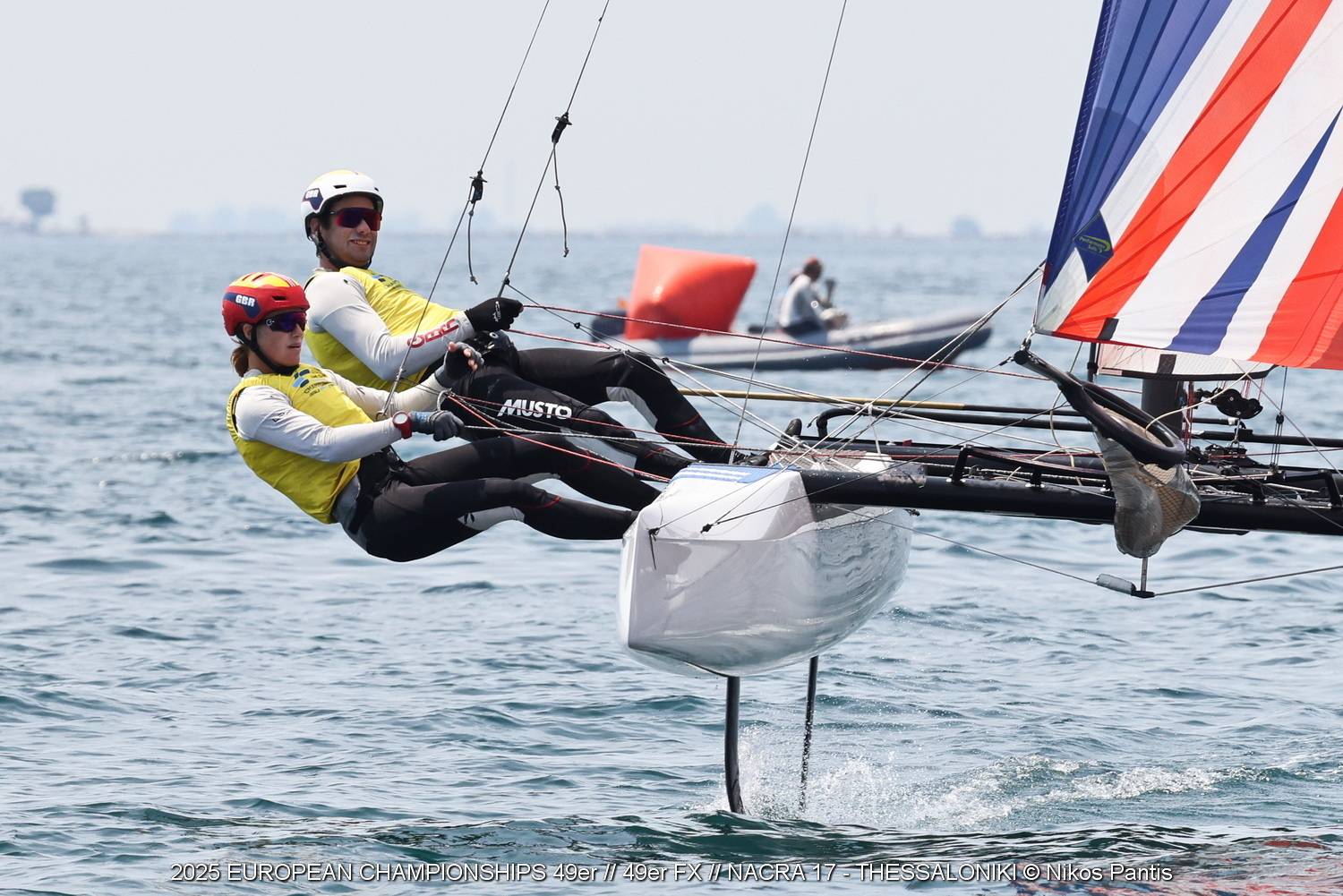
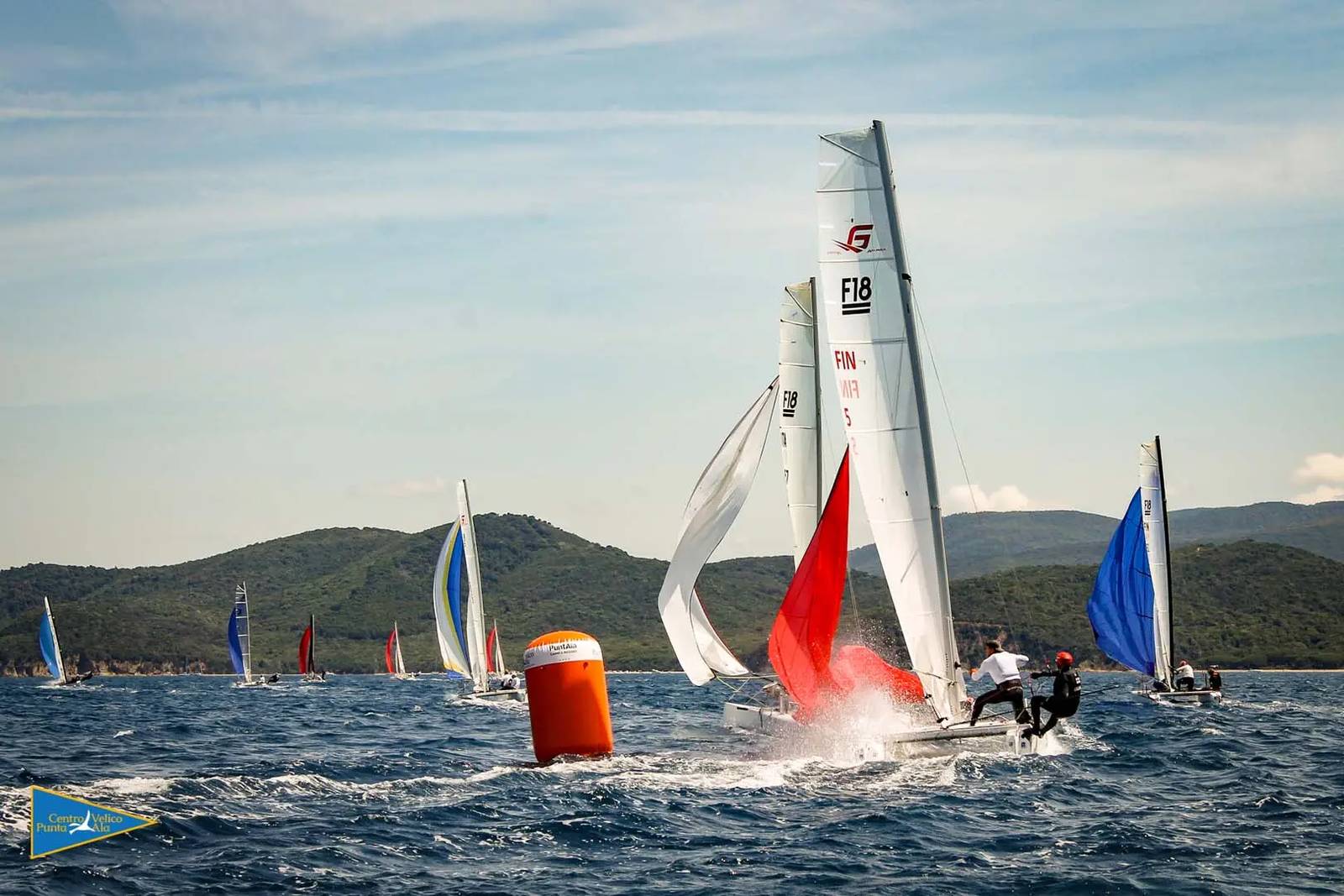
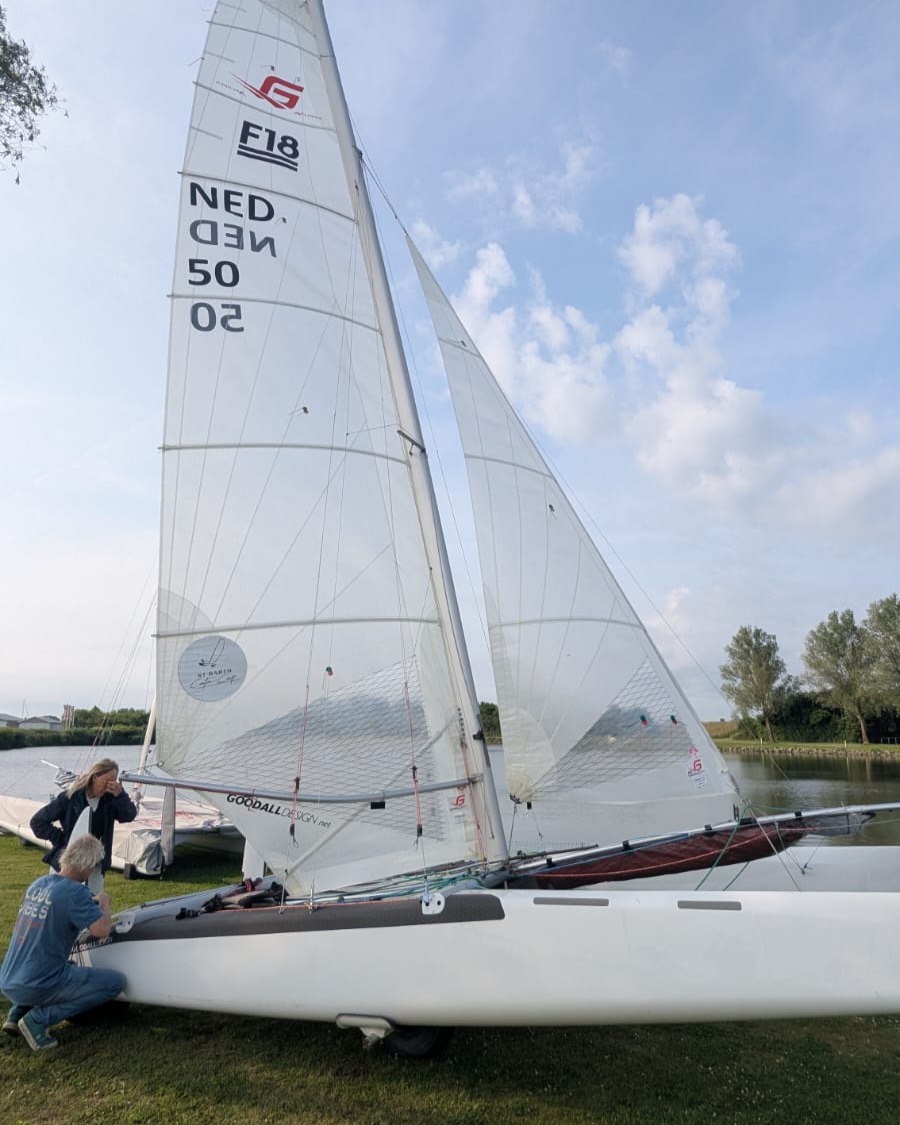
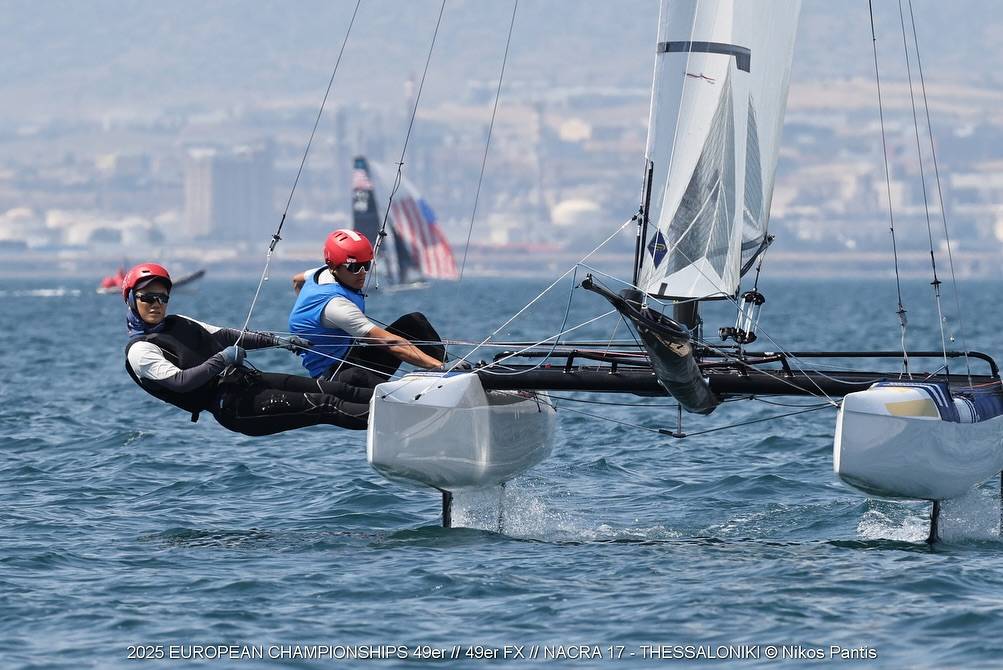



















Scotti used his Nikita
Teo di Battista , 3° of Classic using Exploder Ad3 2016 version instead Scheurer .
I just heard that my great sailing friend and former CEO of Hobiecat Europe has passed. May The endless oceans…
...Report was sent by an F18 Sailor, if you want Hobies reported send your own, we'll publish as usual. Cheers.
Looks like in your report the Hobies are not really present. Suggest to rewrite the article.